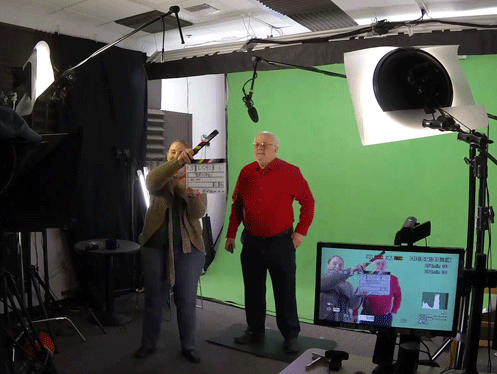UC Davis “Extension” is out, UC Davis Continuing and Professional Education is in. Same unit, same mission, new name — replacing the outdated term “extension” with a phrase that says exactly what the unit does.
The division began as University Extension in 1960 and switched to UC Davis Extension in 2001. Other universities began using the term 150 years ago.
“The word ‘extension’ doesn’t reflect the breadth of our programs, and it hasn’t for decades,” said Paul M. McNeil, dean of the renamed division. “This change accurately represents what we do and the role we play in advancing the university’s outreach mission — connecting working professionals, businesses and students from around the world to the knowledge and resources of UC Davis.”

The new name also better captures the division’s service to professionals who have a need to keep their skills current and to acquire new skills for career advancement.
The name change is effective immediately internally and on campus, and will be rolled out publicly later this year as part of a larger rebranding strategy.
UC Davis Continuing and Professional Education has one of the university’s most extensive portfolios, offering online and classroom-based academic and noncredit professional certificates, on-campus programs for international students, and contract programs for government and corporate clients, as well as conferences and intensive coding “boot camps” for web developers.
The division also develops and manages content for the Coursera online platform (UC Davis’ classes and programs last year attracted more than 350,000 students), and administers several self-supporting master’s degrees in collaboration with graduate groups on campus.
New initiatives include alternative credentials, such as digital “badging” to verify mastery of a skill or cluster of skills, and other innovations in delivery to address emerging skills and jobs regionally and nationally.
This name change is part of a larger movement within the University of California system, which previously had “extension” groups at each campus. UC Irvine Extension recently rebranded itself as the Division of Continuing Education and UCLA Extension is in the process of selecting a new name.
Adapting and evolving
HISTORY
- 1960: Founding of University Extension
- 2001: Name change to UC Davis Extension
- 2018: Name change to UC Davis Continuing and Professional Education
New URL: cpe.ucdavis.edu
Since its founding, the division has been characterized by its ability to successfully adapt and evolve to meet the changing educational needs of its students and the modern work force. Early courses were often based on the passions of the faculty who taught them and many legendary UC Davis faculty and celebrities, including Robert Arneson, Wayne Thiebaud and Martin Yan, have taught for the division.
When then-Gov. Ronald Reagan cut funding for university-based continuing education in 1968, the division became self-sufficient and aggressively shifted its focus to create demand-driven programs for working professionals and their employers. The division began offering programs for international students in 1977, started providing contracted training for California’s social services professionals in 1979 and launched UC Davis’ first online course in 1999.
Today, UC Davis Continuing and Professional Education offers more than 4,000 online and in-person classes that serve students in all 50 states and more than 100 countries. The division contributes more than $9 million each year to campus and the schools and colleges it partners with and is the driving force and lead funder behind the new International Center.
Media Resources
John O’Neill
